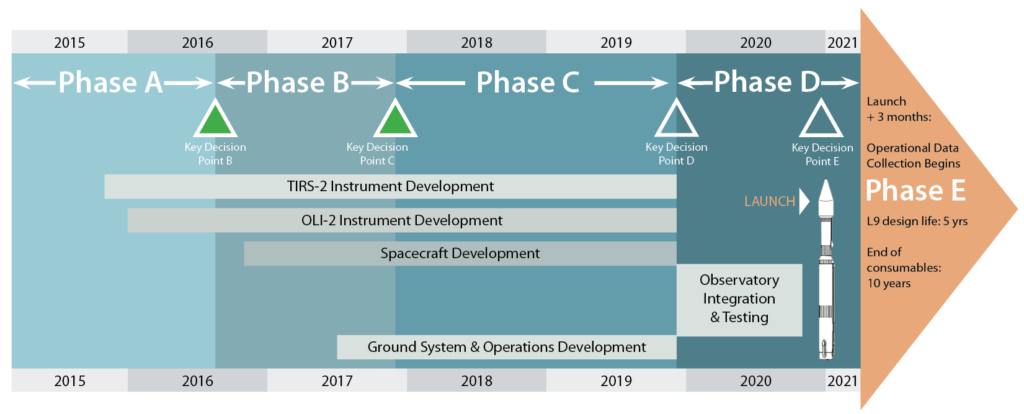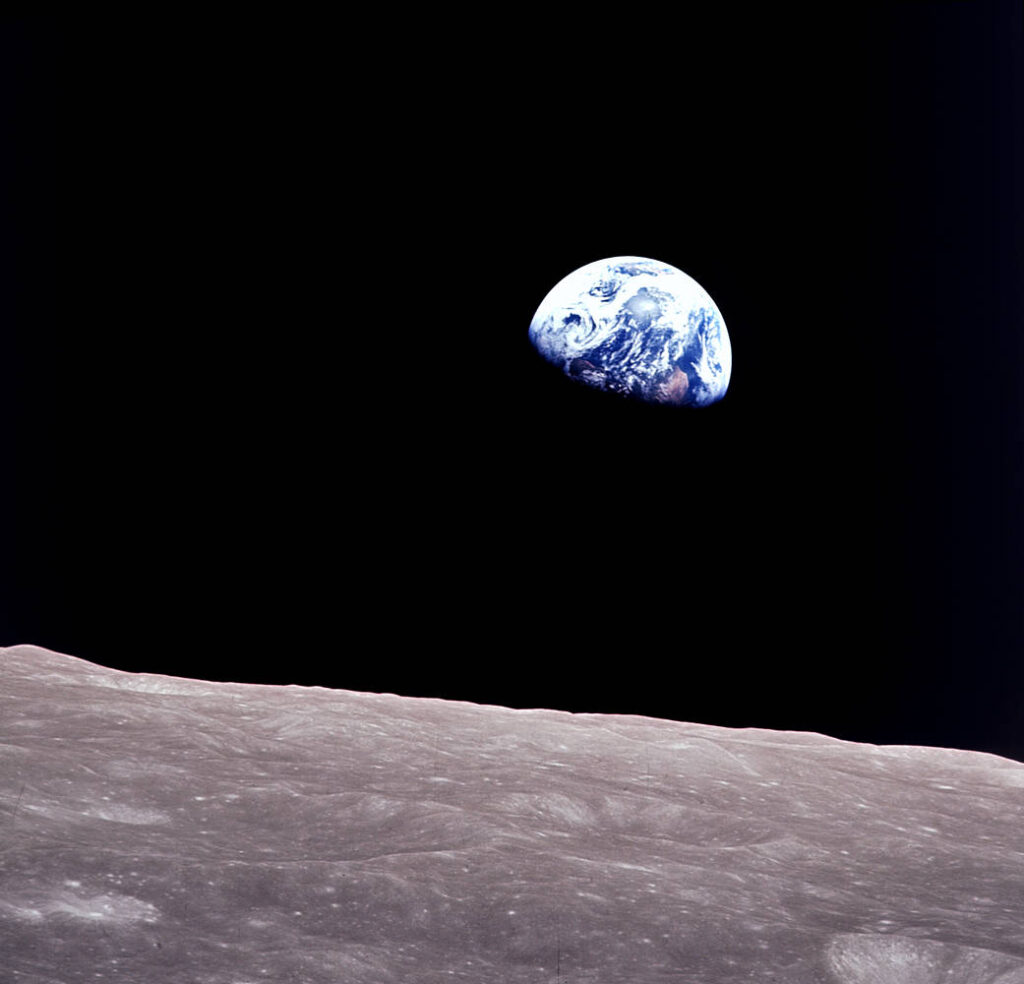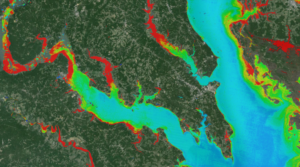“It is rare for a project to come to the APMC with such a successful story and incredibly clean status for KDP-C,” said Del Jenstrom, the Landsat 9 Project Manager. “The stellar progress being made on all elements of the project by our combined government and contractor team was clearly on display.”
The implementation phase of the Landsat 9 project lifecycle will be dominated by the fabrication and testing of the Landsat 9 instruments and spacecraft; this phase will last approximately 24 months and will be followed by the observatory integration phase.
Landsat 9 remains on track for its aggressive December 2020 launch date.


Be Part of What’s Next: Emerging Applications of Landsat at AGU24
Anyone making innovative use of Landsat data to meet societal needs today and during coming decades is encouraged to submit and abstract for the upcoming “Emerging Science Applications of Landsat” session at AGU24.





